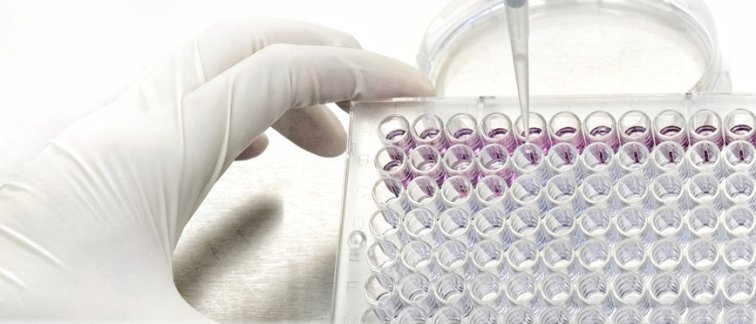Transcriptome-based drug screening is emerging as a powerful tool to identify compounds to intervene in many different diseases. Here researchers from the AMC have developed approaches which were validated for their ability to identify compounds that slow aging. The team hypothesized that, by mimicking the transcriptional signature of the highly conserved longevity intervention of FOXO3 (daf-16 in worms) overexpression, they could identify and repurpose compounds with similar downstream effects to increase longevity. Their in silico screen, utilizing the LINCS transcriptome database of genetic and compound interventions, identified several FDA-approved compounds that activate FOXO downstream targets in mammalian cells.
These included the neuromuscular blocker atracurium, which also robustly extended both lifespan and healthspan in C. elegans. This longevity was dependent on both daf-16 (orthologous to FOXO) signaling and inhibition of the neuromuscular acetylcholine receptor. Other neuromuscular blockers tubocurarine and pancuronium caused similar healthspan benefits. Further validating their approach, the researchers demonstrated nuclear localization of DAF-16 upon atracurium treatment, and, using RNAseq transcriptomics, identified activation of DAF-16 downstream effectors. Together, these data demonstrate the capacity to mimic genetic lifespan interventions with drugs, and in doing so, reveal that the neuromuscular acetylcholine receptor regulates the highly conserved FOXO/DAF-16 longevity pathway. In general, this approach may be valuable to other disease areas.
You can read more about this project here.
Amsterdam UMC researchers involved in this project:
Rashmi Kamble
Michael Petr
Morten Scheibye-Knudsen

